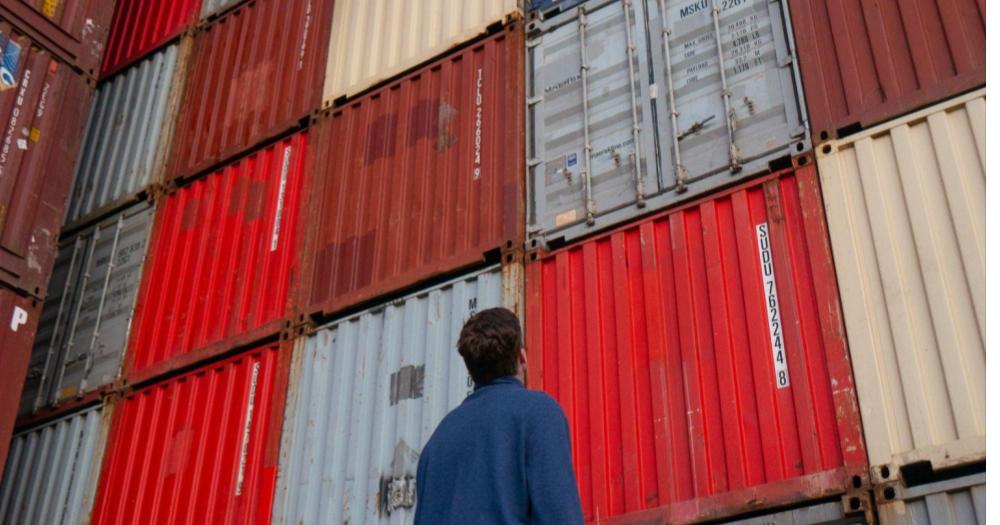Follow us on Telegram for the latest updates: https://t.me/mothershipsg
China's Vice Commerce Minister Wang Shouwen said at an Apr. 23 press conference that the county is "willing and able" to join the Comprehensive and Progressive Agreement for Trans-Pacific Trade (CPTPP).
Two wheeled trade
Wang was quoted by the Global Times as saying that "free trade in the Asia-Pacific region has two wheels", referring to the Regional Comprehensive Economic Partnership (RCEP) and the CPTPP.
China was already a member of the RCEP, and joining the CPTPP would "help the two wheels move forward."
The CPTPP is what is known as a "high standard" trade agreement, involving agreements in more areas, like labour and environmental issues, than standard trade agreements such as the RCEP.
Questions over state-owned enterprises
But perhaps more relevant for China are the stipulations on state-owned enterprises that the CPTPP places on member nations.
Experts that GT spoke to said that China still requires reform to such SOEs, such allowing more access to foreign investors in economic sectors that were previously off-limits.
Wang said that China was conducting "in-depth research" on all terms of the CPTPP, as well as cost benefit analysis, adding that China believed that it was capable of fulfilling CPTPP obligations.
China had already carried out pilot projects using CPTPP trade rules, standards, and management obligations, and would further promote those standards "when the conditions are ripe".
What is the CPTPP?
China officially submitted its application to join the CPTPP in 2021, to join the then 11 Asia-Pacific nations who had signed on to the pact, which included Singapore, Malaysia, Vietnam, Japan, Australia, New Zealand, Canada, and Mexico.
The United Kingdom has joined the CPTPP in 2023, expanding its remit far beyond the original Pacific Rim nations.
The most notable non-member of the CPTPP is the United States, which had been instrumental in shepherding the agreement in its previous incarnation, the Trans-Pacific Partnership (TPP).
The TPP was originally a four-member trade agreement between Singapore, Brunei, New Zealand and Chile; crafted as a pathfinder agreement to show what such a "high-standard" agreement might look like.
Attempts to convert that agreement into what would become the TPP were due to a bipartisan effort between the Administrations of George W Bush and Barack Obama, the later of which would use it as the centrepiece of his "pivot to Asia", an effort to turn the U.S. away from its focus on the Middle East to the Asia Pacific region.
In 2015, then-U.S. Defence Secretary Ash Carter remarked that the TPP was as valuable to the U.S. as another aircraft carrier.
Obama's effort, sunk by Trump
Although the Obama administration was able to secure high profile concessions, such as Japan opening its automotive sector and Australia opening its agricultural sector, not to mention convincing Southeast Asian nations to adopt minimum wages and independent trade unions, they were not able to secure its ratification before the 2016 elections.
During the 2016 elections, both the eventual victor Donald Trump, and former Secretary of State Hillary Clinton , who had championed the agreement initially, rejected the agreement, with Trump pulling out in 2017.
At this point, the TPP was considered dead in the water, before Japan essentially resuscitated it with the support of member states like Singapore.
Since then, the renamed CPTPP has shed some of the more onerous U.S. demands, while retain the fundamental structure of the agreement.
The New Zealand trade ministry at the time published a handy guide to mark out the difference between the two agreements.
New members
The CPTPP is now in force, having been ratified by more than the minimum six nations required for it to come into effect.
Indonesia had previously expressed interest in joining, although that now seems to be dependent on a new president being elected.
China, Taiwan, and the United Kingdom also expressed interest in joining.
The U.K shows what a relatively quick joining process might look like, applying to join in February 2021, and formally doing so in March 2023, just over two years.
There has also been speculation as to whether the current U.S. president Joe Biden or his successors will contemplate joining the CPTPP as part of the economic component of their Indo-Pacific strategy.
While many commenters, particularly trade analysts, have voiced the opinion that it would be very useful both diplomatically and economically for the U.S. to do so, it would require significant concessions on the part of CPTPP members, making it unlikely.
This makes China's approach to the CPTPP notable, in that its Vice Minister is not only openly talking about joining the agreement, but his speech on Apr. 23 also implies that China is looking for ways to comply with the agreement, rather than reshape it.
Whether it will be able to do so to the satisfaction of current members remains to be seen.
Related Stories
Top image via Pat Whelen/Unsplash
If you like what you read, follow us on Facebook, Instagram, Twitter and Telegram to get the latest updates.
